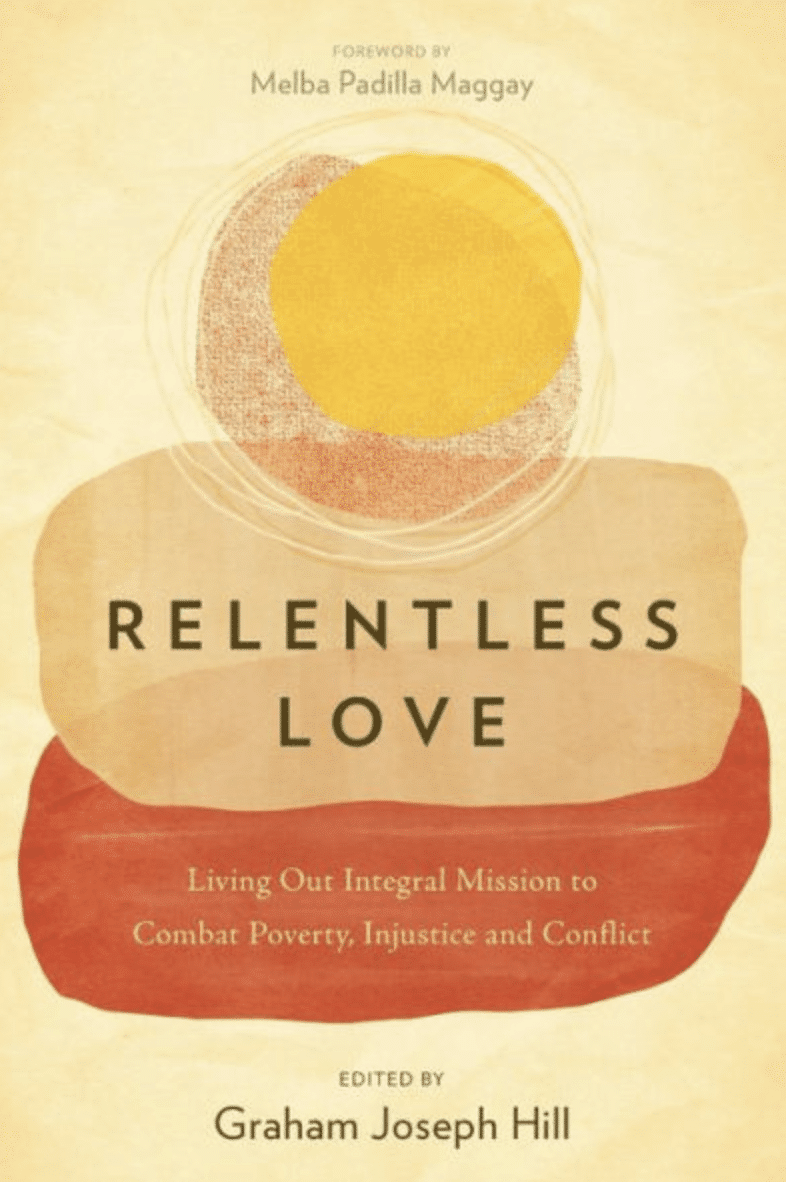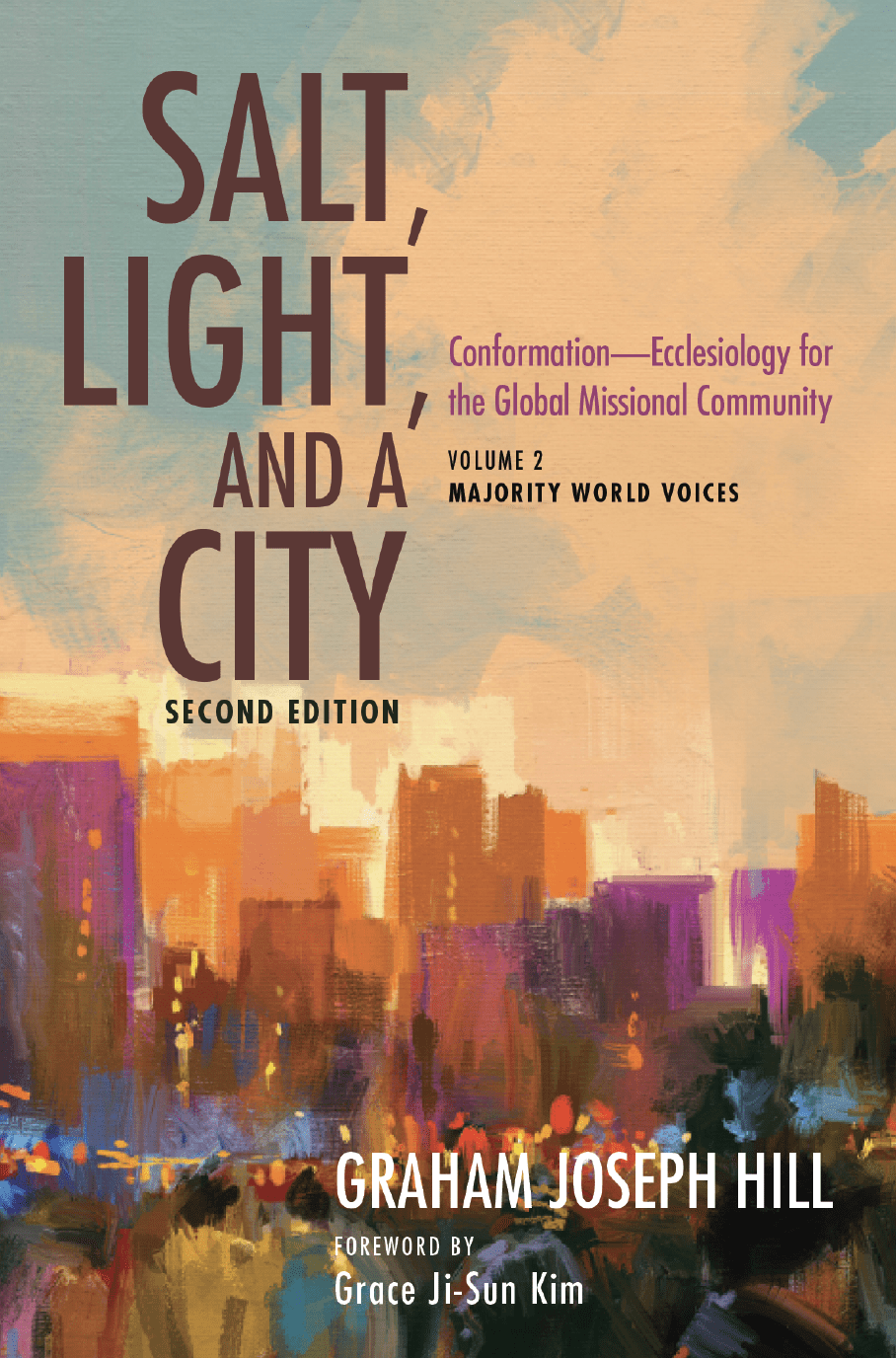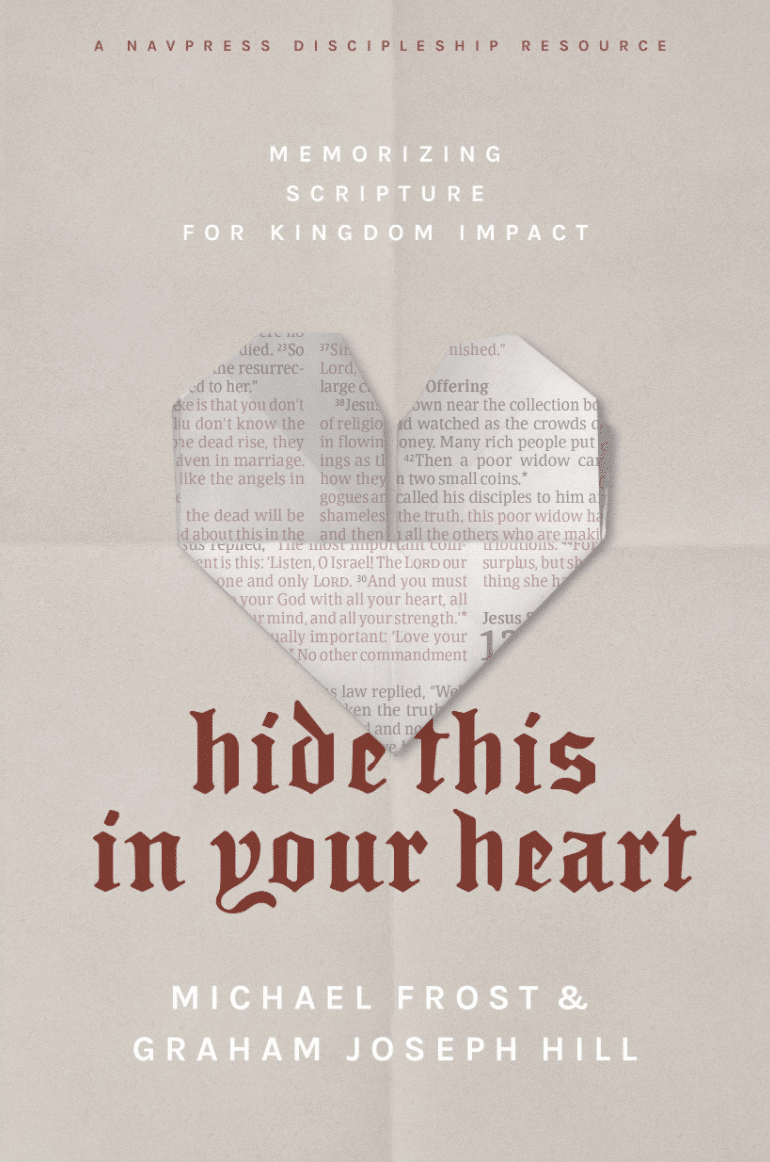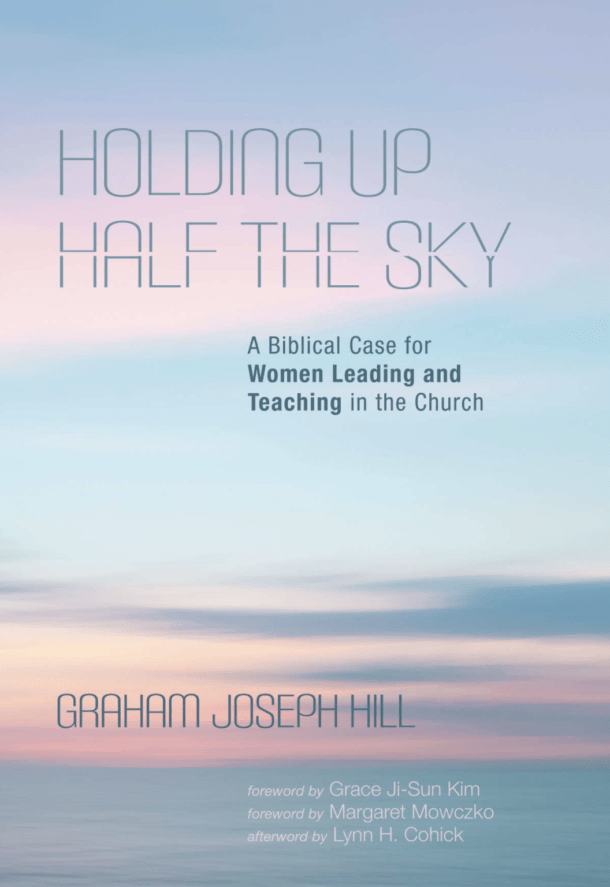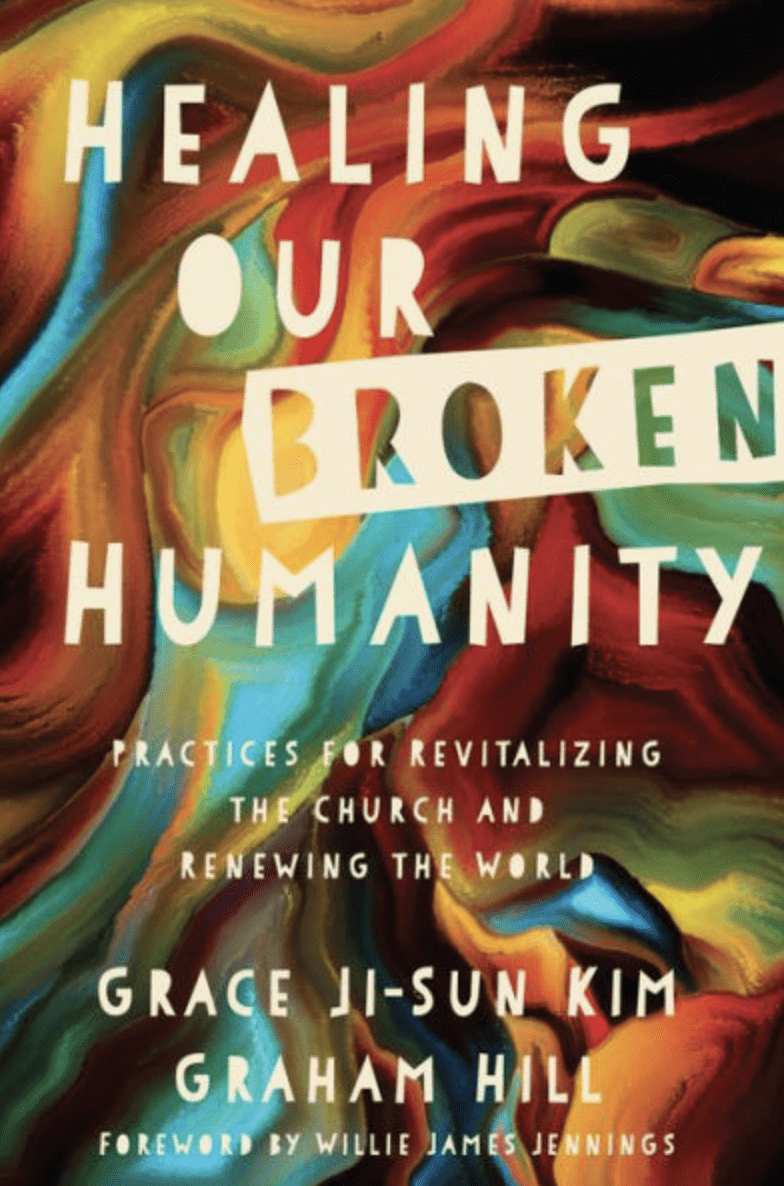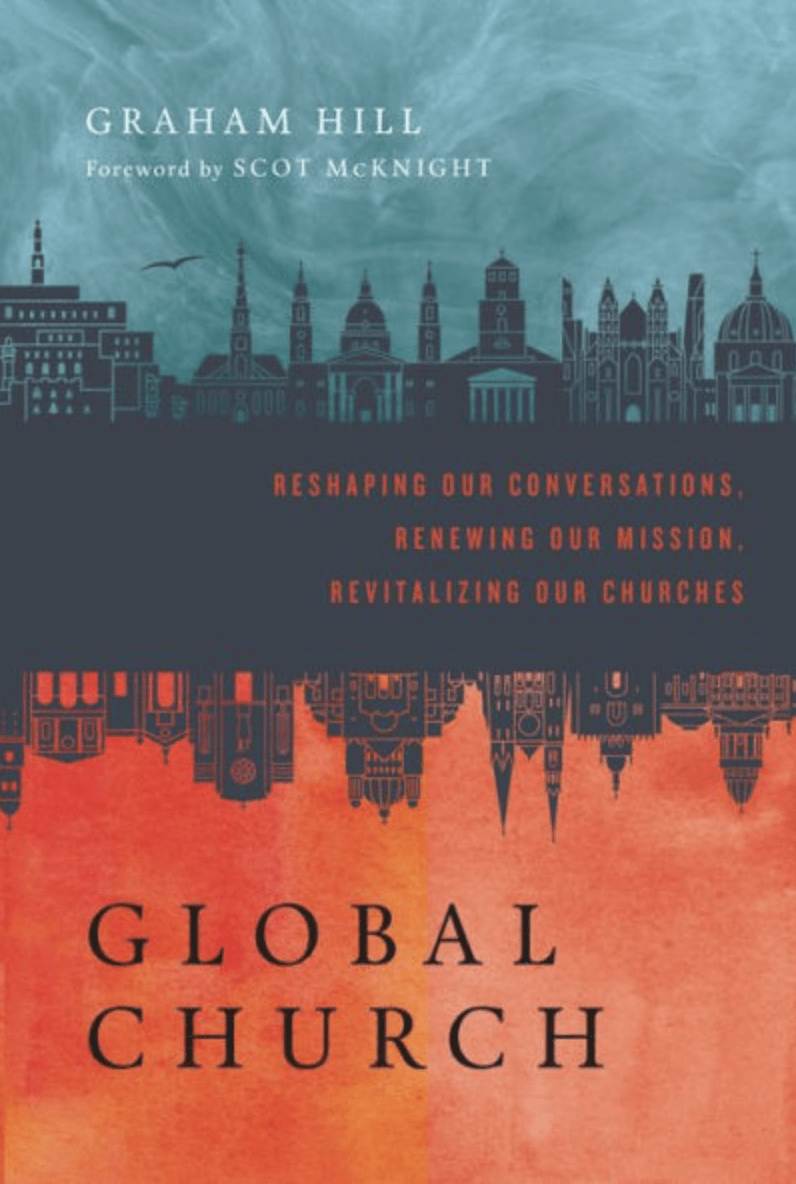The Cross That Holds the World
Easter Friday isn’t soft. It doesn’t soothe or explain. It doesn’t offer closure. It exposes. It reveals the violence we carry and the love we can’t fathom. It unmasks our illusions: that power is enough, that empire will save us, that suffering is a failure, and that God is absent in death. Good Friday says otherwise. It tells the truth about pain, hope, divine solidarity, and human brutality. It breaks the silence, not with answers, but with presence.
“Good Friday tells the truth about pain, hope, divine solidarity, and human brutality. It breaks the silence, not with answers, but with presence.”
In most modern societies, we quickly move from pain to remedy, sorrow to celebration, and loss to victory. But the cross shows us another way: crucifixion and resurrection need each other. We can’t speak of resurrection without letting the cross speak its terrible and wondrous truth over all humanity and creation.
The cross is the most scandalous symbol in history: not a monument of domination but of surrender, not a tool of coercion but a tree of communion.[1] The cross of Christ isn’t a theological artifact. It is the shape of the Christian life, the shape of the church, our politics, our ethics, and our posture in the world. Cruciformity isn’t a metaphor; it’s a way of being.
“Cruciformity isn’t a metaphor; it’s a way of being.”
Cruciform means shaped like a cross, reflecting the self-giving love, humility, and suffering of Jesus Christ. Cruciformity is the process of being conformed to the cross of Christ, embodying his pattern of sacrificial love, humility, and faithfulness in every area of life: personal, communal, ethical, and political.
Today, as creation groans, technologies rise, borders burn, nationalisms threaten, and nations unravel, we return to the cross of Jesus Christ, not as spectators of ancient pain but as people being formed by its logic of love.
The Earth at the Foot of the Cross
Good Friday speaks to a world on fire. Climate change isn’t a distant apocalypse. It’s a crucifixion in progress—oceans rising, forests collapsing, creatures perishing, and the vulnerable suffering first and worst. It isn’t just the earth that’s bleeding, but people experiencing poverty.
Christ’s wounds, piercings, and sufferings are all around us—they appear in rising seas, burning forests, bleaching corals, and the sufferings of the vulnerable.[2] Christ’s blood is poured out for a suffering humanity and earth.
To live a cruciform life is to stand where Christ stands: on the side of the groaning, the trampled, and the ignored. At the cross, the crucified God doesn’t rise above suffering but descends into it.[3] And so must we.
This means our climate action can’t be sanitized. It must be sacrificial. It must bear the weight of solidarity. Cruciform care means living lightly, protesting boldly, giving generously, planting hopefully, and grieving honestly. It means loving creation not as scenery but as sacred creation. The cross of Christ doesn’t offer an escape from the world. The cross offers love strong enough to stay, care for, and protect humanity and creation.
Artificial Intelligence and the Imitation of Christ
We are building machines in our image faster than we can shape our souls. Artificial intelligence now writes poems, renders decisions, equips militaries, and drives economies. But the deeper question isn’t what AI can do. It’s what we become when we forget the crucified One.
Artificial intelligence reinforces our need for performance, speed, productivity, predictability, and control. Our AI systems are our new Babels, monuments to our desire for deity and impulse toward idolatry. But the crucified Christ invites us to slow down, live in an embodied way, express our full humanity, empty ourselves, and choose presence over power.
A society shaped by speed, control, performance, monetization, objectification, robotics, and optimization isn’t cruciform. It’s efficient but not compassionate. It’s intelligent but not wise. The cross calls us back to the vulnerable center—to the Christ who chose powerlessness and who emptied, embodied, incarnated, suffered, and refused to dominate.
In an AI age, cruciform discipleship means slowing down, staying embodied, choosing relationship over automation, and mystery over mastery. It means using tools to serve, not to exploit. It means building systems that remember the dignity of the least and the sacredness of limits. Cruciformity doesn’t fear the future and won’t bow to the gods of efficiency.
The Cross at the Border
Immigration is more than politics. It is theology. When bodies move across borders, the church must remember the story of a displaced Savior. Born into state violence, hunted by the empire, Jesus fled across borders before he ever preached a sermon. The cross began with exile. The crucifixion continues whenever we build walls to keep love out and fear in.
To follow the crucified Christ is to be pierced by the grief of migrants, to be wounded by the stories that don’t make headlines. It’s to live with a bias toward the stranger, build tables, not walls, and defend the dignity of those the world deems disposable.
Cruciform hospitality isn’t safe. It stretches comfort. It risks misunderstanding. But it’s holy. It says: You’re not illegal. You’re not disposable. You’re not unwanted. You’re beloved. Your wounds are our wounds. And this land, this church, and this hope are big enough for you too.
Dying States, Living Christ
The world is weary. Governments crumble. Trust erodes. Violence feels closer each day. Some nations are failing in silence. Others implode on screens. The temptation is either despair or distance. But the cross of Christ does neither.
The cross enters the ruins. It doesn’t deny collapse but transforms it. Cruciform faith doesn’t require stability to love. It requires presence. It requires a willingness to live among the broken as people shaped by resurrection hope.
“The cross doesn’t offer escape but companionship in the ruins.”
When states fail, governments collapse, militaries and militias oppress, and nations fracture, the cross of Christ compels us to enter with love, truth, and hope. The cross doesn’t offer escape but companionship in the ruins.
In places of political decay, the church mustn’t echo the empire. It must echo the crucified. It must be a community of wounded healers, fierce compassion, and stubborn peace. The cruciform presence holds space for lament, works for justice and refuses to abandon those abandoned by systems.
The Idol of Nation
Nationalism promises belonging through exclusion, safety through suspicion, purity through walls, and glory through myth. But cruciform faith bears witness to a different allegiance. At the foot of the cross, there are no flags. There are only wounds. The cross of Christ breaks the back of tribal pride. It undoes the illusion that any nation can carry the kingdom of God.
“At the foot of the cross, there are no flags. There are only wounds.”
The cross challenges and disrupts every anthem of supremacy, every symbol of exceptionalism, and every notion of political purity. The crucified Christ reminds us that God’s kingdom doesn’t arrive with flags but wounds.[4]
The crucified Christ isn’t the mascot of an empire. Christ is the stranger, the outsider, and the one crucified by both religion and state. When the church baptizes nationalism, it ceases to be church. Cruciform discipleship means resisting every ideology that demands our worship. It means loving a place but refusing to weaponize it. It means telling the truth about history and choosing solidarity over supremacy.
The cross calls us out of self-preservation and into self-giving love—for neighbors and enemies alike. And in that love, the lie of national idolatry loses its grip.
The Interior Cross
Cruciformity isn’t just a public ethic. It’s an inner formation. It’s the daily choice to let go of ego, empty the self, forgive the unforgivable, and carry what no one sees.[5] It’s to follow Jesus not just into Galilee but into Gethsemane.
We want to see change in the world. Our temptation is always to look outside ourselves before changing within. But cruciform faith doesn’t just reshape the world; it transforms us from the inside out, one prayer, one surrendered moment and one commitment to imitating the crucified Christ at a time.
Good Friday tells us that transformation rarely looks like success. It looks like surrender, dying to the need to win, and refusing to mirror the world’s cruelty, even when wounded by it.
Cruciform spirituality creates people who love without condition, suffer without becoming bitter, and serve without applause. These are the ones who carry the cross not as an ornament but as orientation.
The Mystery We Carry
We don’t explain the cross. We carry it. We’re shaped by it. Through it, we learn the paradox at the heart of the gospel: that weakness is strength, loss is gain, and death is the beginning of life.
We don’t master the cross. We inhabit its mystery, carry its weight, and surrender to the love of Jesus Christ offered through his sacrifice.
Good Friday isn’t the end. But it’s the truth we must pass through to live the resurrection honestly. A Christianity without the cross is a performance. A Christianity shaped by the cross is a presence—wounded, watching, waiting, and loving.
“We don’t master the cross. We inhabit its mystery, carry its weight, and surrender to the love of Jesus Christ offered through his sacrifice.”
So we walk with the crucified One into a world unraveling. We don’t walk with fear. We walk with love.
And this love, shaped like a cross, still has the power to hold the world together.
______________________________________________________________
Bibliography
Gorman, Michael J. Cruciformity: Paul’s Narrative Spirituality of the Cross. Grand Rapids, MI: Eerdmans, 2001.
Gutiérrez, Gustavo. A Theology of Liberation: History, Politics, and Salvation. Translated by Sister Caridad Inda and John Eagleson. Maryknoll, NY: Orbis, 1988.
Hauerwas, Stanley. War and the American Difference: Theological Reflections on Violence and National Identity. Grand Rapids, MI: Baker Academic, 2011.
McFague, Sallie. A New Climate for Theology: God, the World, and Global Warming. Minneapolis: Fortress, 2008.
Moltmann, Jürgen. The Crucified God: The Cross of Christ as the Foundation and Criticism of Christian Theology. Translated by R.A. Wilson and John Bowden. Minneapolis: Fortress, 1993.
______________________________________________________________
Notes
[1] Jürgen Moltmann, The Crucified God: The Cross of Christ as the Foundation and Criticism of Christian Theology, trans. R.A. Wilson and John Bowden (Minneapolis: Fortress, 1993).
[2] Sallie McFague, A New Climate for Theology: God, the World, and Global Warming (Minneapolis: Fortress, 2008).
[3] Gustavo Gutiérrez, A Theology of Liberation: History, Politics, and Salvation, trans. Sister Caridad Inda and John Eagleson (Maryknoll, NY: Orbis, 1988).
[4] Stanley Hauerwas, War and the American Difference: Theological Reflections on Violence and National Identity (Grand Rapids, MI: Baker Academic, 2011).
[5] Michael J. Gorman, Cruciformity: Paul’s Narrative Spirituality of the Cross (Grand Rapids, MI: Eerdmans, 2001).
